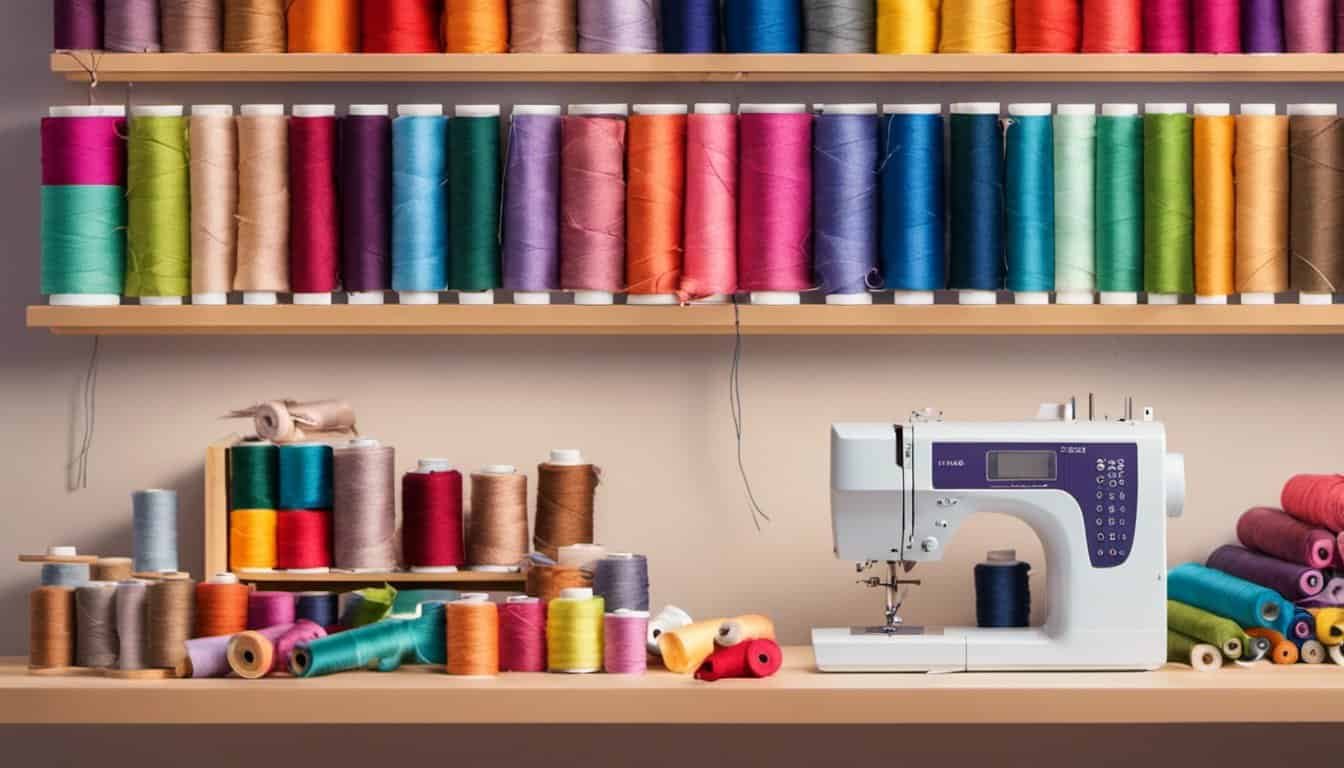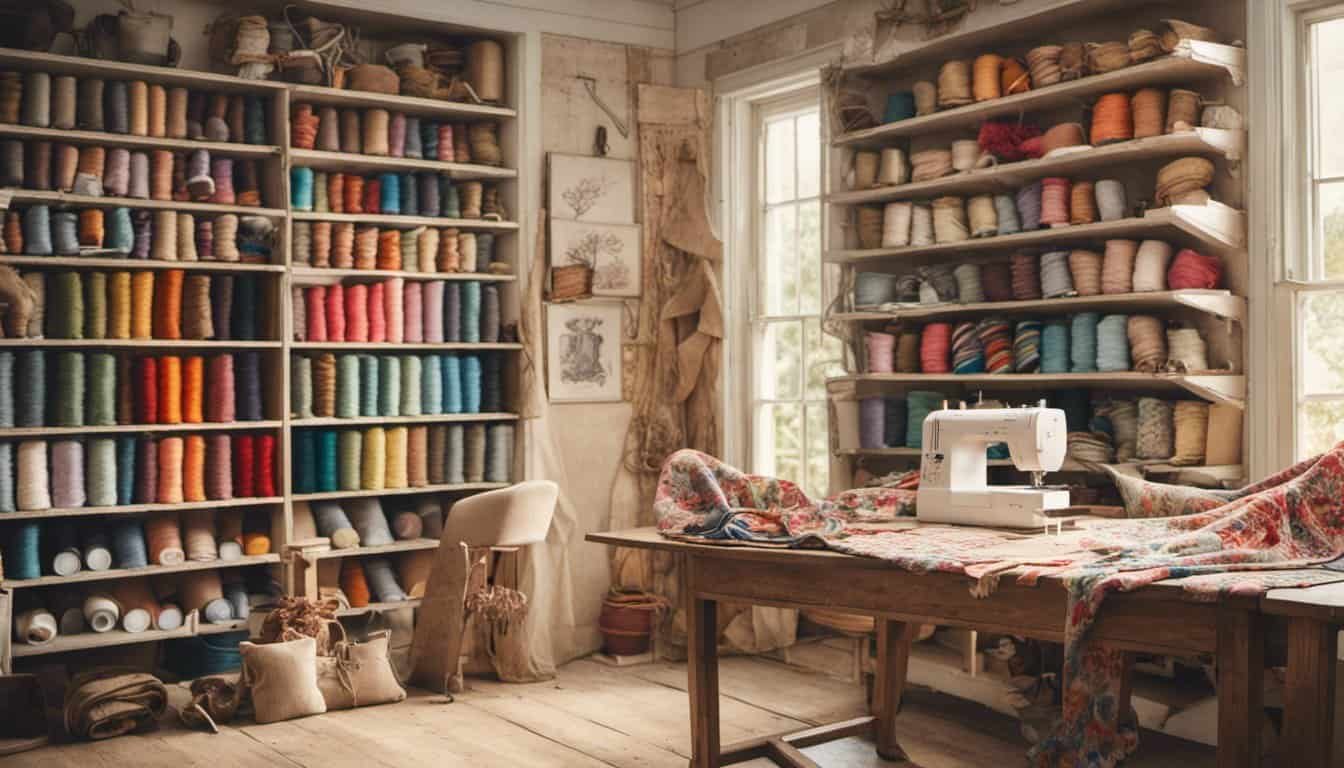Sewing with faux fur opens up a world of cozy and stylish possibilities for your plush projects. Whether you’re crafting a snuggly blanket, a chic bag, or adorable stuffed toys, faux fur adds a touch of luxury and warmth that’s hard to beat.
But working with this fluffy fabric can be tricky if you’re new to it. Handling the material, selecting the right tools, and mastering the techniques are essential to ensure your projects turn out beautifully. Don’t worry though—you’ve got this! With a few handy tips and a bit of practice, you’ll be creating stunning faux fur pieces in no time.
Let’s dive into some expert advice to help you make the most of your sewing adventures with faux fur.
Understanding Faux Fur
Faux fur replicates the look and feel of real animal fur without using animal products. It’s crafted from synthetic fibers like acrylic, polyester, and modacrylic, providing a cruelty-free alternative for your sewing projects.
Types of Faux Fur
Different types of faux fur suit various projects. Here’s a breakdown:
- Short Pile Fur: Ideal for garments and accessories, offering a sleek appearance.
- Medium Pile Fur: Versatile for blankets, pillows, and outerwear, balancing softness and durability.
- Long Pile Fur: Perfect for statement pieces like coats and theatrical costumes, delivering maximum fluffiness.
Material Composition
Understanding the materials helps in selecting the right faux fur for your project:
| Material | Characteristics | Common Uses |
|---|---|---|
| Acrylic | Lightweight, easy to sew, vibrant colors | Apparel, accessories |
| Polyester | Durable, retains shape, affordable | Home decor, toys |
| Modacrylic | Flame-resistant, soft texture | Upholstery, safety gear |
Advantages of Using Faux Fur
Choosing faux fur enhances your projects in several ways:
- Ethical Choice: No harm to animals, aligning with compassionate values.
- Versatility: Available in various colors, patterns, and textures to suit any design.
- Maintenance: Easier to clean and maintain compared to real fur, ensuring longevity of your creations.
Pile Density and Its Impact
Pile density affects the finished product’s texture and durability:
- Low Density: Suitable for lightweight items, offering a smooth finish.
- High Density: Best for plush projects, providing a rich, full appearance.
Selecting the appropriate pile density ensures your project meets both aesthetic and functional requirements.
Care and Maintenance
Proper care extends the life of your faux fur projects:
- Cleaning: Spot clean with mild detergent or follow manufacturer instructions.
- Storage: Keep away from direct sunlight and store in a cool, dry place to prevent matting.
- Brushing: Gently brush with a pet brush or wide-tooth comb to maintain fluffiness.
Following these maintenance tips keeps your faux fur items looking fresh and vibrant.
Choosing the Best Faux Fur for Your Projects
Selecting the right faux fur ensures your plush projects look professional and last longer. Consider fabric quality and color options to match your design needs.
Fabric Quality
High-quality faux fur enhances the appearance and durability of your projects. Look for the following factors:
- Fiber Type: Acrylic and polyester are common; acrylic offers softness, while polyester provides durability.
- Pile Density: Measured in ounces per square yard, higher density means thicker fur. Choose 5-7 oz for garments and 8-10 oz for accessories.
- Shedding Level: Opt for low-shedding fur to minimize maintenance. Check product reviews for real-world performance.
- Construction: Plush faux fur should have tightly woven bases to prevent fraying. Split-leg construction offers more strength for sewing.
- Backing Material: A sturdy backing ensures the fur stays in place. Synthetic backings like nylon are preferred for flexibility and strength.
Color and Texture
Color and texture play crucial roles in the final look of your project. Keep these tips in mind:

- Color Fastness: Ensure the dye used is colorfast to prevent fading after washing. Test a small area if unsure.
- Shade Consistency: Choose fur with uniform color distribution for a polished appearance. Variations work for more natural looks.
- Texture Variation: Different textures like curly, straight, or wavy fur add dimension. Match the texture to your project’s purpose.
- Color Matching: Use color wheels to combine complementary or analogous colors effectively. This creates visually appealing designs.
- Patterned Fur: Incorporate patterned faux fur for unique projects. Stripes, spots, or mixed colors can add interest without overwhelming the design.
Selecting the appropriate fabric quality and color ensures your faux fur projects turn out exactly as envisioned.
Essential Tools and Materials
To achieve professional results in your faux fur projects, having the right tools and materials is crucial. Equip yourself with the essentials to ensure smooth sewing and a high-quality finish.
Sewing Machines
Investing in a reliable sewing machine makes a significant difference when working with faux fur. Choose a machine with a strong motor and adjustable presser foot pressure to handle thick materials. Features like a walking foot or an adjustable feed mechanism help prevent fabric bunching and ensure even stitching. If you plan to work on large projects, opt for a machine with a heavy-duty frame and extended table space for better stability and ease of maneuvering.
Other Tools
Besides a quality sewing machine, several other tools are essential for sewing faux fur effectively:
- Needles: Use ballpoint or stretch needles sized 90/14 or higher to prevent snags and breaks.
- Thread: Select polyester or nylon thread for durability and flexibility.
- Scissors: Invest in sharp fabric scissors and smaller detail scissors for precise cutting.
- Pins and Clips: Use fine pins or fabric clips to hold layers in place without damaging the fur.
- Measuring Tools: Keep a clear ruler, measuring tape, and fabric markers handy for accurate measurements.
- Cutting Mat and Rotary Cutter: Facilitate clean, straight cuts with a self-healing cutting mat and a rotary cutter.
- Heat Tools: An iron with a steam function and patterns to safely press seams without flattening the fur.
- Brushes and Combs: Maintain the texture of your faux fur with specialized brushes and pet combs to remove tangles and keep the pile upright.
Having these tools organized and within reach will streamline your sewing process, allowing you to focus on creating beautiful faux fur projects.
Step-by-Step Sewing Process
« 10 Must-Subscribe YouTube Channels for Sewing Tutorials You Can’t Miss
10 Incredible Ways to Use Natural Dyes on Fabric That Will Blow Your Mind »
Follow these steps to sew your faux fur project with ease.
Measuring and Cutting
- Lay the faux fur flat, pile side down, on a cutting surface.
- Position your pattern pieces accurately, aligning edges precisely.
- Cut around each pattern using sharp fabric scissors, adding a ½-inch seam allowance.
- Mark key points with fabric chalk to guide assembly.
Assembling Pieces
- Align the right sides of your fabric pieces together.
- Secure edges with pins or fabric clips, focusing on curves and corners.
- Sew using a stretch needle and polyester thread, maintaining a consistent stitch length.
- Trim excess threads and reinforce seams for durability.
- Press seams open with a low-heat iron, using a pressing cloth to protect the fur.
Tips for Achieving a Professional Finish
Achieving a polished look in your faux fur projects requires attention to detail and the right techniques. Follow these expert tips to ensure your creations look seamless and professional.
Use the Right Needle and Thread
Selecting appropriate needles and threads is crucial. Opt for ballpoint or stretch needles (sizes 80/12 or 90/14) to prevent snagging and damage to the faux fur fibers. Pair them with high-quality polyester or nylon thread for durability and flexibility.
Maintain Proper Seam Allowance
Consistent seam allowances ensure uniformity. Use a ½-inch seam allowance when cutting fabric. This measurement provides enough space for stitching without excess fabric that can cause bulkiness.
Employ Seam Stabilizers
Seam stabilizers reinforce stitching areas, preventing fraying and puckering. Apply French seams or use double stitching on high-stress areas. This technique hides raw edges and adds strength to the seams.

Trim Excess Threads Carefully
After sewing, trim all excess threads meticulously. Use sharp scissors to cut threads close to the seam without pulling, which can distort the fabric. Clean edges contribute to a neat and professional appearance.
Press Seams with Care
Proper pressing enhances seam flatness and overall garment structure. Use a low-heat setting on your iron or a dedicated heat tool. Press seams open gently to avoid crushing the faux fur pile, maintaining its plush texture.
Handle the Pile Correctly
Faux fur pile needs careful handling to keep its fluffiness. After sewing, use a soft brush or comb to gently lift and arrange the pile. This step restores the fur’s natural look and ensures a luxurious finish.
Optimize Sewing Machine Settings
Adjust your sewing machine for thick fabrics. Increase the presser foot pressure and use a zigzag stitch to accommodate the faux fur’s thickness. Test settings on a scrap piece to fine-tune tension and stitch length before starting your project.
Secure Seams Properly
Anchor your seams to prevent unraveling. Backstitch at the beginning and end of each seam, sewing forward and backward for a few stitches. This technique locks the thread in place, ensuring lasting durability.

Use Trimming Tools Effectively
Sharp fabric scissors and rotary cutters provide clean cuts essential for professional results. Ensure blades are sharp to avoid fraying and uneven edges. Replace blades regularly to maintain cutting precision.
Finish Edges Neatly
Prevent raw edges from catching or fraying by applying bias tape or seam binding. This finishing touch not only enhances durability but also adds a clean line to your project, elevating its overall look.
Reinforce High-Stress Areas
Strengthen areas subject to tension, such as handles or straps, with additional stitching or reinforcing materials. This measure ensures these parts remain secure and functional, contributing to the longevity of your project.
Regularly Clean Your Tools
Maintain your sewing tools for optimal performance. Clean your machine’s needle area and brushes regularly to remove lint and debris. Well-maintained tools reduce the risk of stitching issues and ensure smooth fabric handling.
By implementing these tips, you’ll enhance the quality and professionalism of your faux fur projects, resulting in beautiful, long-lasting creations.

Conclusion
Embarking on your faux fur sewing journey opens up a world of creative possibilities. With the right techniques and a bit of practice you can craft stunning plush projects that showcase your unique style. Remember to choose quality materials and equip yourself with the essential tools to make the process smooth and enjoyable.
Embrace the challenges as opportunities to refine your skills and watch your confidence grow with each project. Keeping your faux fur creations well-maintained ensures they remain vibrant and luxurious for years to come. Happy sewing and enjoy bringing your cozy, beautiful designs to life!

















